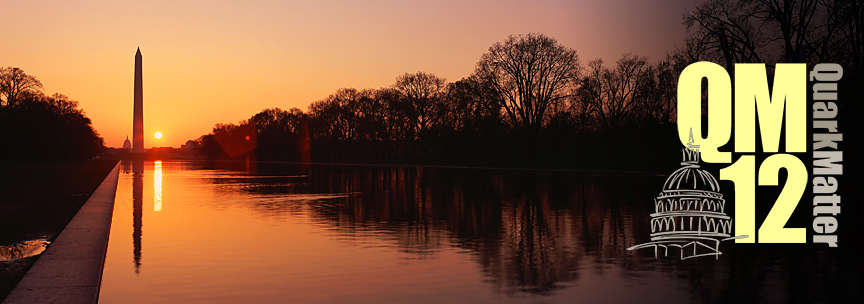Speaker
Dr
Umme Jamil Begum
(Debraj Roy College, Golaghat, Assam, India)
Description
Charm quarks/antiquarks produced in the initial stage of heavy ion collisions, would traverse the quark gluon plasma, colliding with quarks and gluons and radiating gluons before appearing as D-mesons. Thus the final spectra of D-mesons would contain information of the medium modification suffered by the charm quarks/antiquarks. We have made a detailed study for the nuclear modification factor of production of D-mesons from the initial fusion of partons in a nuclear collision at RHIC and LHC energies.
As a first step, we made a comparative study of some of the energy loss formalisms of charm quarks/antiquarks available in the literature with the same initial conditions [1].
We consider both the radiative and collision energy loss along with longitudinal expansion of the plasma for the prediction of nuclear modification factor. As at RHIC and LHC energies, parton densities reach very high values leading to effective nuclear shadowing, we use the modified structure functions due to shadowing effect given by EKS98 group, in 1998 [2]. Peterson fragmentation function [3] is used for fragmentation of Charm quarks/antiquarks into D-mesons.
We have seen that our result can satisfactorily explain the ALICE experimental data for nuclear modification of D-mesons at Pb+Pb collision @ 2.76 ATeV. The result with a recent radiative energy loss calculation [4] has an increasing trend at high transverse momentum and explains the nuclear modification for transverse momentum up to 15 GeV very well. The inclusion of collisional energy loss of charm quarks/antiquarks further suppresses the muclear modification factor of D-mesons.
1. Umme Jamil and Dinesh K Srivastava,
J. Phys. G: Nucl. Part. Phys. 37 (2010) 085106
2. K. J. Eskola, V. J. Kolhinen and C. A. Salgado
Eur. Phys. J. C 9 (1999) 61
3. C. Peterson, D. Schlatter, I. Schmitt and P. Zerwas,
Phys. Rev. D27 (1983) 105
4. R. Abir, U. Jamil, M. G. Mustafa and D. K. Srivastava,
arXiv:1203.5221 [hep-ph].
Primary author
Dr
Umme Jamil Begum
(Debraj Roy College, Golaghat, Assam, India)
Co-authors
Dinesh Srivastava
(Variable Energy Cyclotron Centre, Kolkata)
Munshi Golam Mustafa
(Saha Institute of Nuclear Physics, Kolkata)
Raktim Abir
(Saha Institute of Nuclear Physics)




